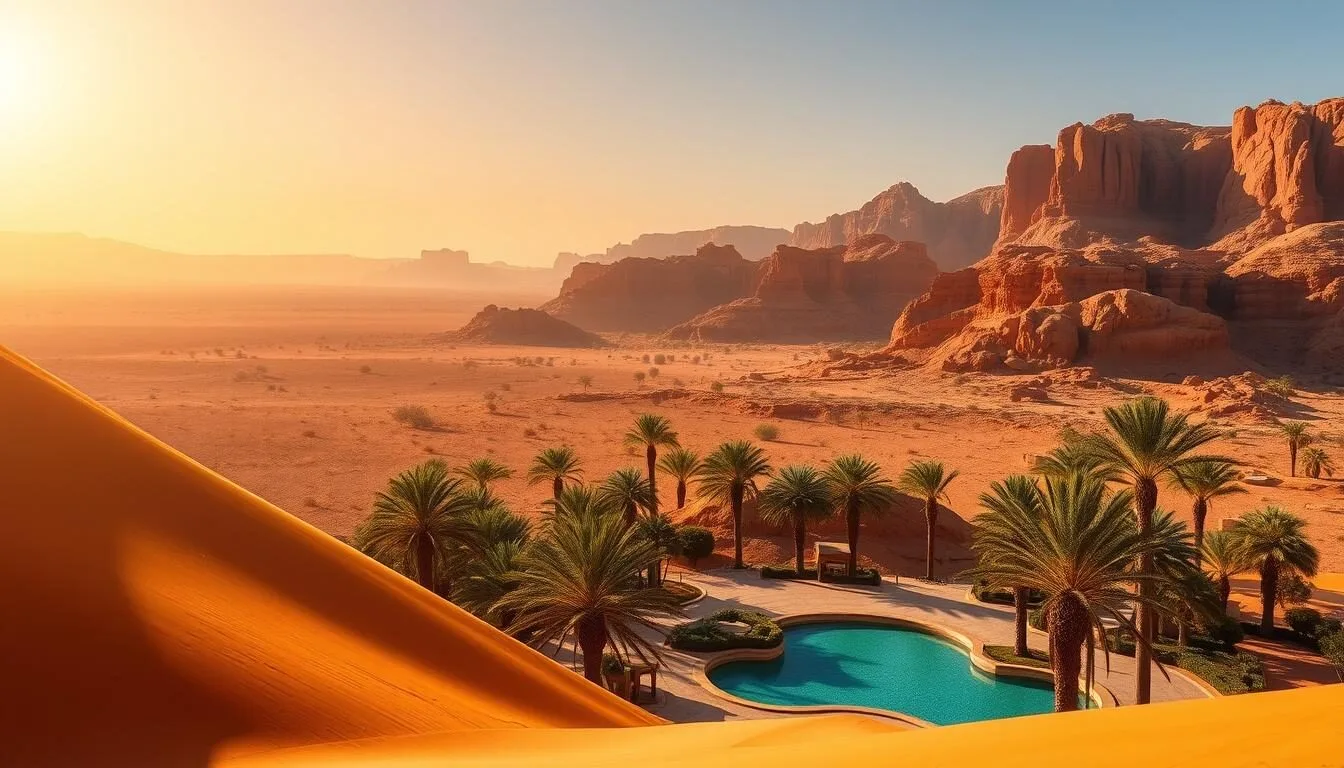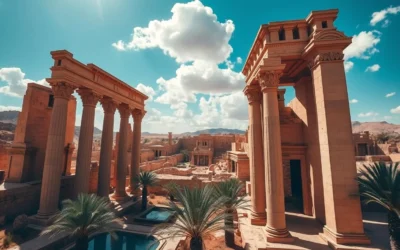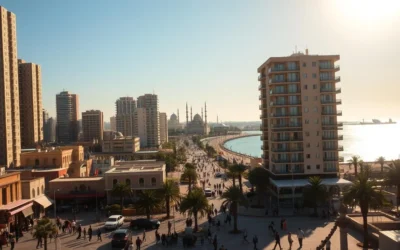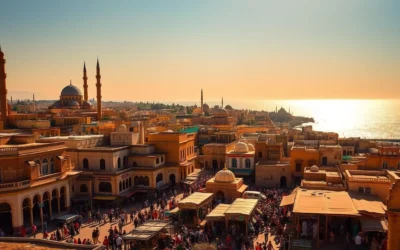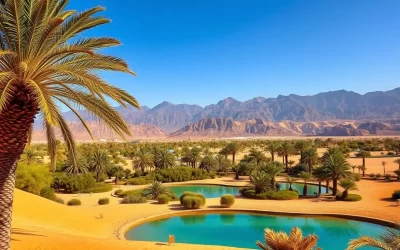You might be surprised to know that Libya is home to some of the most impressive Roman ruins in the world, including the UNESCO World Heritage Sites of Leptis Magna and Sabratha.
As you explore this fascinating country, you’ll uncover a rich history that spans from ancient Berber settlements to Italian colonial architecture in Tripoli’s city center.
With its unique blend of Phoenician, Greek, Roman, and Islamic influences, Libya offers an unforgettable journey for history enthusiasts, architecture lovers, and adventure seekers alike.
As you plan your trip, you’ll want to know the best times to visit and practical travel information to make your experience smooth and rewarding.
Discovering Libya’s Hidden Treasures
The country of Libya is home to numerous hidden treasures that are just waiting to be discovered. With a rich history that spans thousands of years, Libya offers a unique blend of cultures and historical landmarks.
A Country of Contrasts and Ancient Wonders
Libya remains one of the last great frontiers for archaeological exploration. Many of its sites are still awaiting proper excavation and study, offering history enthusiasts an unparalleled opportunity to witness ancient civilizations in a relatively untouched setting. The country’s diverse heritage is reflected in its archaeological treasures, which range from prehistoric cave paintings to Greek colonies, Roman cities, and medieval Islamic architecture.
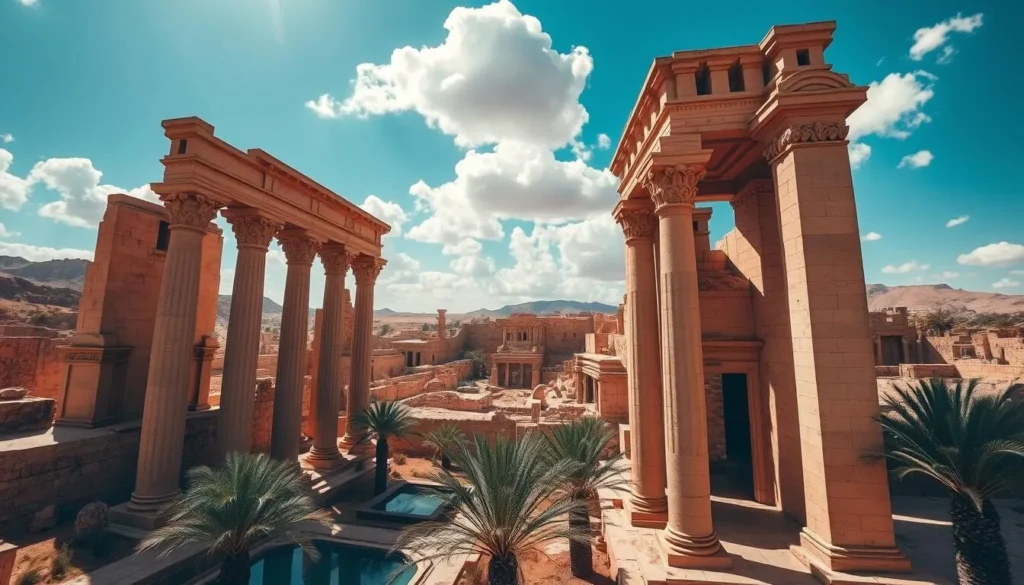
Why Libya Should Be on Your Travel Radar
For travelers seeking to understand the complex historical tapestry of North Africa and the Mediterranean world, Libya represents one of the best places to visit. The relative lack of mass tourism means you can experience these remarkable heritage sites in a more authentic way. With over twenty museums filled with treasures, Libya’s rich past is complemented by the warmth and hospitality of its people, who are proud to share their cultural heritage with visitors. Visiting Libya can be a journey through time, exploring the country’s many historical places that have been preserved over the centuries.
Exploring Tripoli: Libya’s Vibrant Capital
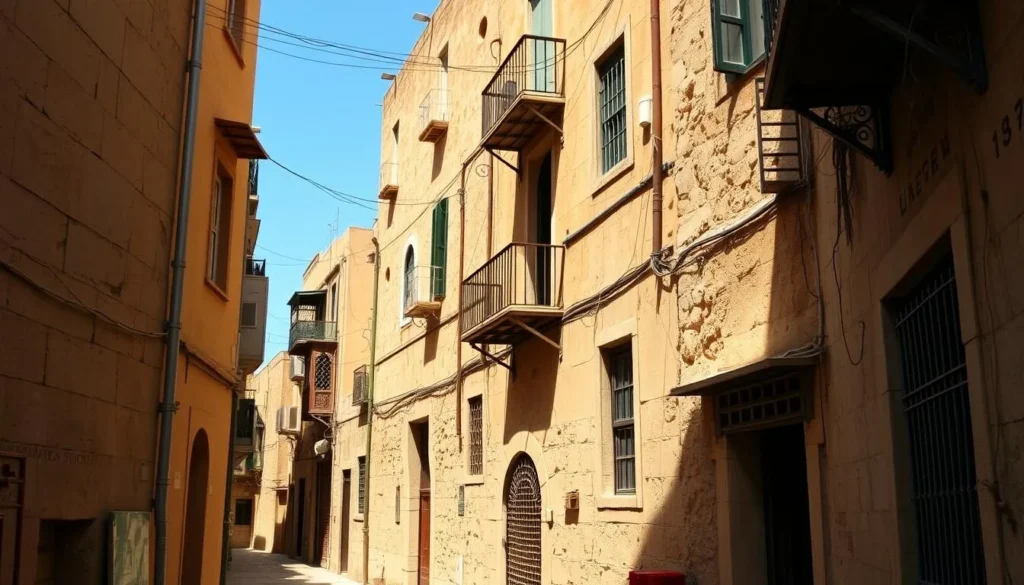
Exploring Tripoli is like taking a journey through time, where ancient ruins, historic sites, and bustling streets come together to create an unforgettable experience. As you wander through the city, you’ll discover a unique blend of traditional and modern ways of life.
The Red Castle and National Museum
The Red Castle, a historic fortress that dominates the city’s skyline, is home to the National Museum, which houses a vast collection of artifacts that tell the story of Libya’s past. The museum’s exhibits take you on a journey through the country’s history, from ancient times to the present day.
Wandering Through the Old Medina
Tripoli’s Old City, or Medina, is a fascinating place to explore, with its narrow, winding streets and historic architecture. As you wander through the Medina, you’ll discover a maze-like network of alleyways that opens onto bustling squares and hidden courtyards. Be sure to visit the Bazaar, where you can shop for traditional Libyan wares, and explore the city’s ancient walls, which offer stunning views of the Mediterranean.
The Medina is a great city to experience daily Libyan life, where the past and present coexist as residents continue traditions that have endured for centuries. You’ll have a chance to explore this historic city and enjoy the local culture.
Leptis Magna: Walking Through Roman Grandeur
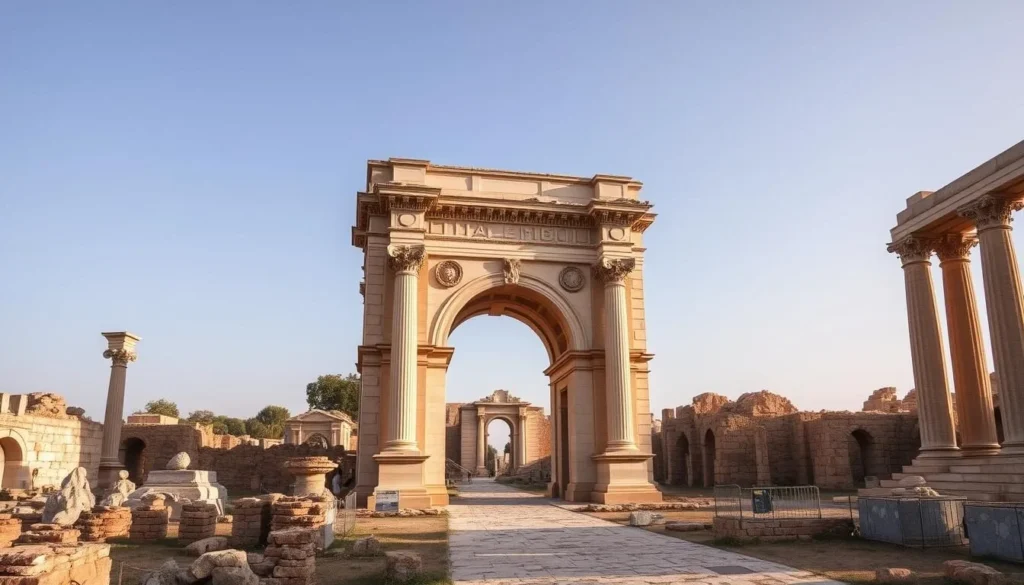
Walking through Leptis Magna, you’ll discover the rich history and culture of this North African Roman city. As one of the best-preserved Roman sites in the world, Leptis Magna offers a unique glimpse into the lives of its ancient inhabitants.
The Arch of Septimius Severus
The Arch of Septimius Severus stands as a testament to the city’s prosperity during the Roman era. This triumphal arch, built in 203 AD, is adorned with intricate carvings and statues, reflecting the wealth and power of Leptis Magna. The arch is a highlight of the site, showcasing the architectural skills of the ancient Romans.
The Theater and Forum
The Theater of Leptis Magna is one of the best-preserved Roman theaters in North Africa, capable of seating approximately 16,000 spectators. Built into a natural hillside, the theater offered excellent acoustics and hosted various performances. The adjacent Forum served as the heart of the city, surrounded by temples, basilicas, and administrative buildings. The sophisticated urban planning is still evident today, making Leptis Magna a fascinating place to explore.
The ruins of Leptis Magna provide a unique insight into Roman architecture and urban planning. The site’s exceptional state of preservation is due in part to being buried under sand for centuries, protecting it from the elements and human destruction.
Sabratha: Ancient Theater by the Sea
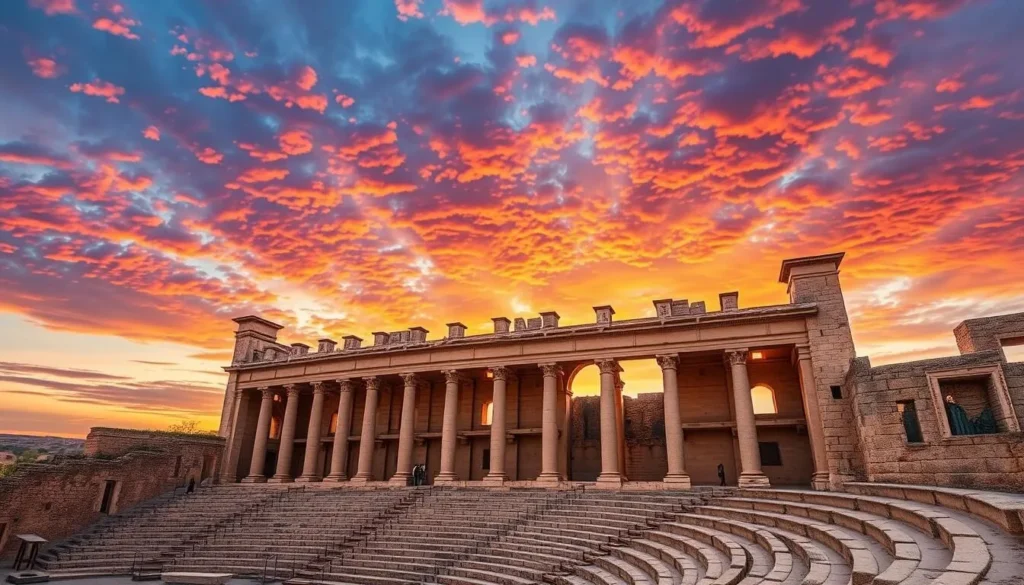
Sabratha, a gem on Libya’s Mediterranean coast, is renowned for its remarkably preserved Roman theater. This ancient city is a treasure trove of history, offering insights into the lives of people who once inhabited this prosperous North African town.
The Spectacular Roman Theater
The Roman theater at Sabratha is one of the most impressive structures in the city, showcasing the architectural prowess of the ancient Romans. Built in the 2nd century AD, this theater could accommodate thousands of spectators who gathered to watch performances and public events.
Temples and Mosaics
Beyond the famous theater, Sabratha boasts impressive temples dedicated to various Roman deities, including the Temple of Hercules with its massive granite columns. The city’s intricate floor mosaics rank among the finest in North Africa, displaying geometric patterns and mythological scenes.
These artistic treasures provide insights into the tastes and beliefs of the people who once inhabited this prosperous coastal town, making Sabratha one of the best places to visit in Libya.
Cyrene: Greece in North Africa
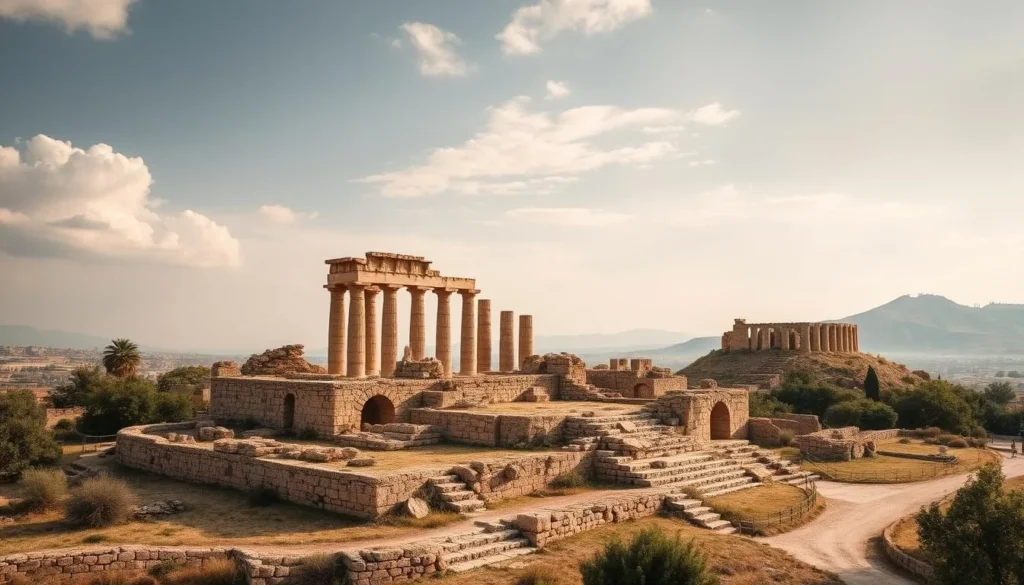
As you step into Cyrene, you’re transported to ancient Greece, right in the midst of North Africa. This city is one of the best places in Libya, boasting a rich history that spans over a millennium.
The Sanctuary of Apollo
The Sanctuary of Apollo is a highlight of the Cyrene archaeological site, showcasing the town’s spiritual significance in ancient times. Dedicated to the Greek god Apollo, this sanctuary is a testament to the history and culture of the region.
The Ancient Greek Colony
Cyrene was founded around 630 BCE by Greek colonists, making it one of the oldest Greek settlements in North Africa. The city quickly grew into a prosperous city-state, famous for its fertile land and export of silphium. Today, visitors can explore the remains of this ancient Greek colony, experiencing the blend of Greek and Roman influences that define Cyrene as one of the best places to visit in Libya for history enthusiasts.
Ghadames: The Pearl of the Desert
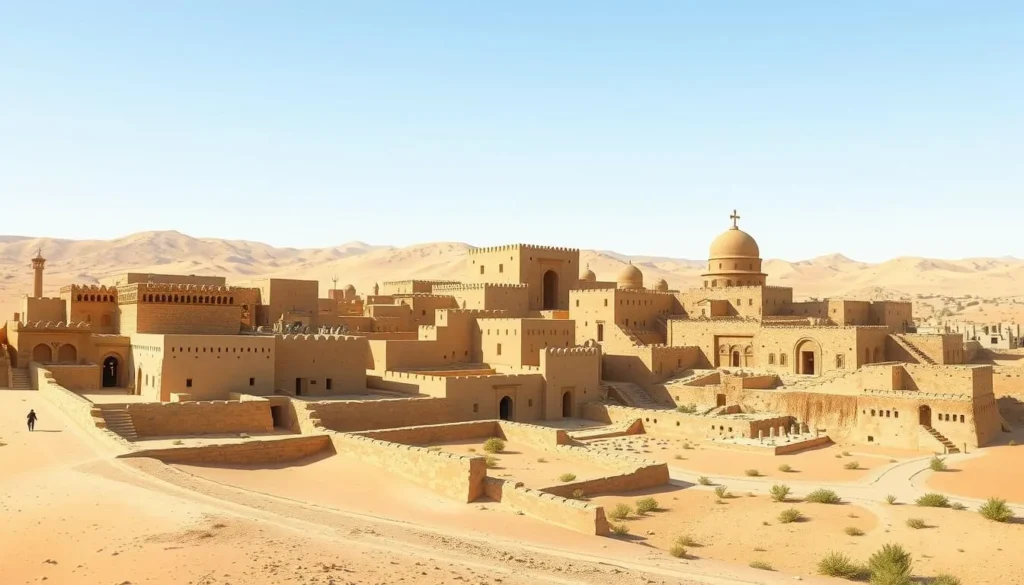
As you step into Ghadames, you’re transported to a world of ancient traditions and architectural marvels. This captivating city is a testament to the ingenuity of the Berber people, who have lived in harmony with the harsh desert environment for centuries.
Traditional Berber Architecture
Ghadames is renowned for its beautifully preserved Old City, a maze of around 1600 buildings, including over 1250 houses, 21 mosques, and 17 religious colleges. The city’s traditional Berber architecture is characterized by its network of covered alleyways and rooftop gardens, creating a unique interconnected world. The original owners still cherish their heritage homes, often visiting to relax in the gardens or make repairs.
Life in the Desert Oasis
Life in Ghadames revolves around the oasis, which makes human settlement possible in this part of the Sahara. Date palms provide both food and building materials, while an ingenious irrigation system distributes water from underground springs to gardens and homes. The town’s social structure and daily rhythms have been shaped by desert living for centuries, creating unique cultural traditions that persist to this time. As a result, Ghadames remains a vibrant town with a rich cultural heritage.
Tadrart Acacus: Rock Art and Desert Landscapes
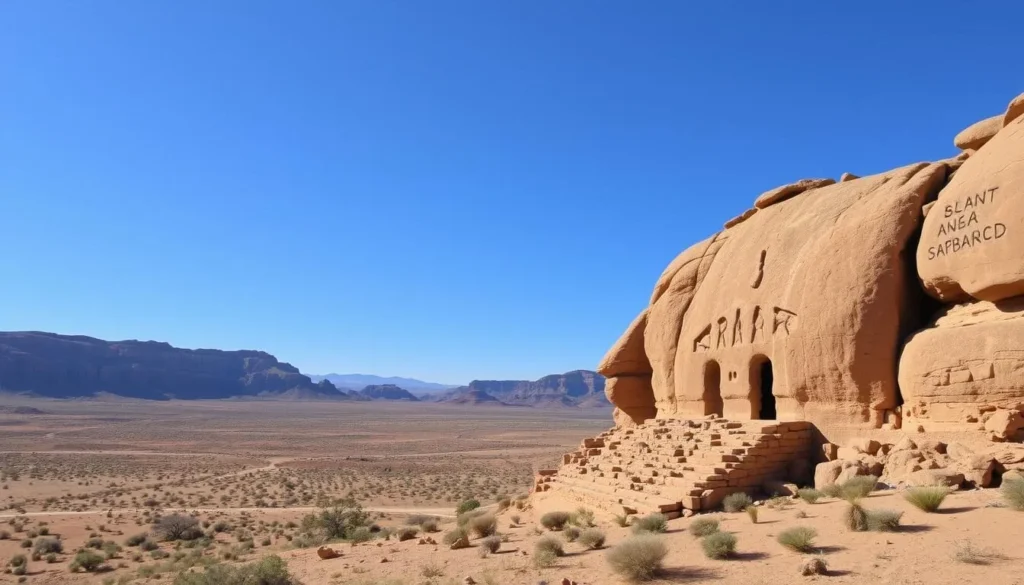
As you venture into Tadrart Acacus, you’ll discover a world of ancient rock art, towering rock formations, and endless dunes. This UNESCO World Heritage site in the Sahara Desert offers an unforgettable adventure.
Prehistoric Cave Paintings
The region is home to numerous prehistoric cave paintings, showcasing the lives of ancient civilizations. These ancient artworks provide a glimpse into the history of the region, with images of animals and humans.
Desert Expeditions and Camping
Desert expeditions in Tadrart Acacus typically require 4×4 vehicles and experienced guides. Camping under the stars in the Libyan Sahara provides an unforgettable experience, with some of the clearest night skies on Earth. The dramatic landscape features a variety of desert environments, from the golden sands of massive dunes to bizarre rock formations.
The region’s unique geography creates microclimates where rare desert plants survive, adding unexpected touches of green to the predominantly ochre landscape. Dawn and sunset transform the desert landscape, casting the rocks and dunes in an ever-changing palette of colors.
Benghazi: Libya’s Second City
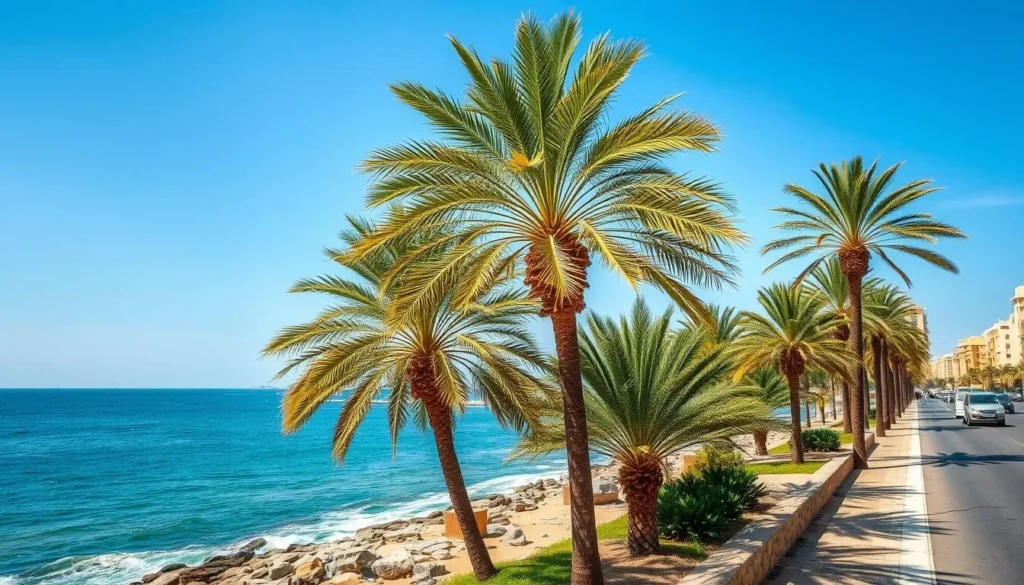
As you step into Benghazi, you’re immediately immersed in a rich tapestry of historical landmarks and modern charm. This city, though not the capital, holds a significant place in Libya’s history and identity.
The Corniche and Modern City
The city’s corniche, known as Lungomare, is a sun-kissed promenade along the Mediterranean, adorned with palm trees. Today, it’s a popular spot for locals and visitors alike. The elegant whitewashed homes in the Italian Quarter provide a glimpse into Benghazi’s colonial past.
Historical Sites and Museums
Benghazi’s rich history is reflected in its historical sites, from ancient Greek and Roman ruins to Ottoman and Italian colonial architecture. Maydan al-Shajara square is the historic heart of the city, where people have gathered for generations. While many museums have been closed, they house important collections showcasing the region’s archaeological treasures.
Libya: Best Things to Do – Top Picks for History Buffs
History enthusiasts will find Libya to be a paradise, with numerous sites to explore. Libya is home to a plethora of historical landmarks that showcase its rich cultural heritage.
Gasr Al-Hajj: Ancient Granary
Gasr Al-Hajj is an ancient granary that highlights the ingenuity of the Berber people. This historical site served as a storage facility for grain and olive oil, safeguarding the community’s provisions during times of conflict.
Nalut Castle and Berber Heritage
Nalut is a town in Libya’s Nafusa Mountains, known for its well-preserved Berber architecture. The Nalut Castle, with nearly 400 rooms, is a testament to the region’s history, dating back to the 12th century. This castle was not only a fortress but also a communal storage space where local people stored their valuables.
| Historical Site | Location | Significance |
|---|---|---|
| Gasr Al-Hajj | Nafusa Mountains | Ancient Granary |
| Nalut Castle | Nalut | Berber Heritage and Fortress |
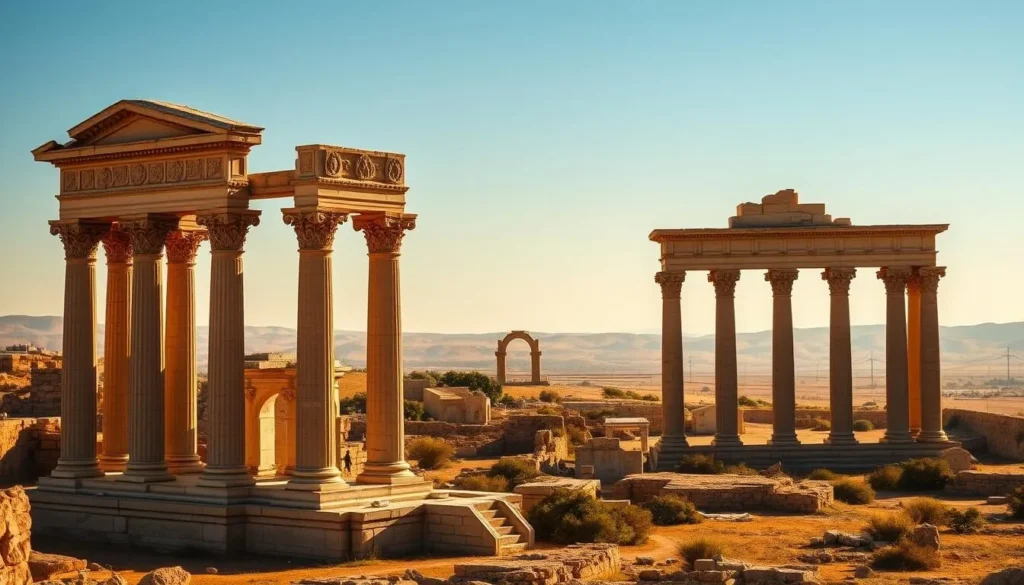
Desert Adventures in the Libyan Sahara

The Libyan Sahara is a treasure trove of exciting experiences, from dune bashing to stargazing under the clearest night skies. As you travel through this vast desert, you’ll encounter a unique blend of thrilling activities and serene landscapes.
Dune Bashing and 4×4 Expeditions
Experience the rush of navigating through the Sahara’s vast dunes in a 4×4 vehicle. You’ll be part of an exhilarating adventure that takes you deep into the heart of the desert, where the landscape stretches as far as the eye can see. The local guides will lead you through the most spectacular routes, ensuring an unforgettable experience.
Stargazing and Desert Camps
As night falls, the Libyan Sahara transforms into a stargazer’s paradise. You’ll have the opportunity to enjoy the clearest night skies on Earth, far from the light pollution of cities. At the desert camps, you can relax in traditional Bedouin-style tents, savor local cuisine, and enjoy the profound silence of the desert. The evening gatherings around campfires become memorable parts of the desert experience, with storytelling, music, and the sharing of mint tea under the stars.
As you become part of this desert adventure, you’ll interact with the local Tuareg people, who will share their culture, traditions, and hospitality with you. It’s a truly immersive experience that makes you feel like you’re a part of something special.
Experiencing Libyan Culture and Cuisine
When you travel to Libya, you’re not just visiting a country – you’re experiencing a rich cultural tapestry that’s been woven over centuries. The Libyan people take great pride in their history and cultural heritage, and you’re likely to be warmly welcomed wherever you go.
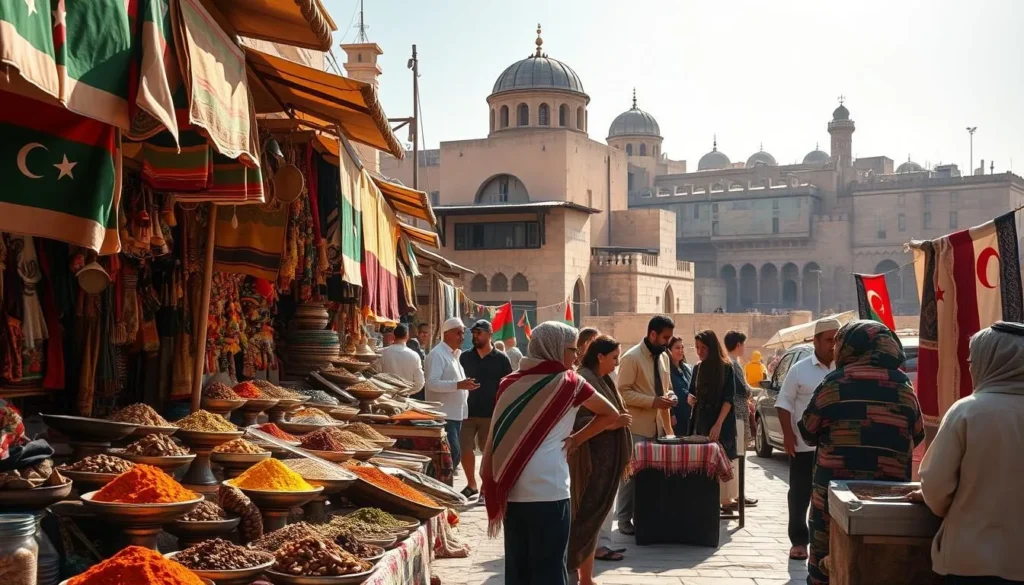
Traditional Libyan Food
Libyan cuisine is a delicious blend of Mediterranean flavors, with popular dishes like couscous, shakshuka, and harissa-spiced meats. When you visit Libya, be sure to try some of the local specialties, such as couscous with vegetables and meat, or makroud, a date-filled pastry. Libyan hospitality often involves sharing meals with locals, which is a great way to experience the country’s culture firsthand.
- Try traditional Libyan dishes like couscous and shakshuka
- Sample local pastries like makroud
- Enjoy the warm hospitality of the Libyan people
Cultural Etiquette and Customs
Understanding Libyan cultural etiquette can enhance your travel experience. For example, it’s customary to greet people with a handshake, although interactions between men and women may follow more conservative protocols. When visiting Libya, it’s also important to respect local dress codes, particularly for women, who should cover their shoulders and knees in public spaces.
- Respect local dress codes and customs
- Understand the importance of greetings and hospitality
- Be mindful of photography etiquette
Practical Travel Information for Libya
As you prepare to visit Libya, understanding the practical travel information is crucial. This will help you navigate the country with ease and make the most of your time.
Best Time to Visit
The best time to visit Libya is during the spring or autumn when the weather is mild. Avoid visiting during the peak summer months when temperatures can soar.
Safety Considerations
When traveling to Libya, safety should be your top priority. Hiring a guide is highly recommended as they can provide valuable insights and ensure your safety. Today, most tourists enter Libya as part of organized tours.
Visa Requirements
Obtaining a visa for Libya typically requires an invitation letter from a Libyan sponsor. Researching visa requirements and documentation is crucial. The new e-visa system simplifies the process, but planning well in advance is essential.
![]()
Conclusion
As you plan your next adventure, consider Libya, a country that promises an unforgettable experience. With its rich history and diverse landscapes, Libya offers a unique glimpse into ancient civilizations and cultures. You can explore the well-preserved Roman ruins and visit remarkable places that showcase the country’s heritage. Libya’s potential as a world-class destination remains undimmed, awaiting more stable conditions. The warmth and hospitality of Libyan people leave a lasting impression on visitors. Libya is a country with a rich history, waiting to be discovered.
The above is subject to change.
Check back often to TRAVEL.COM for the latest travel tips and deals.
